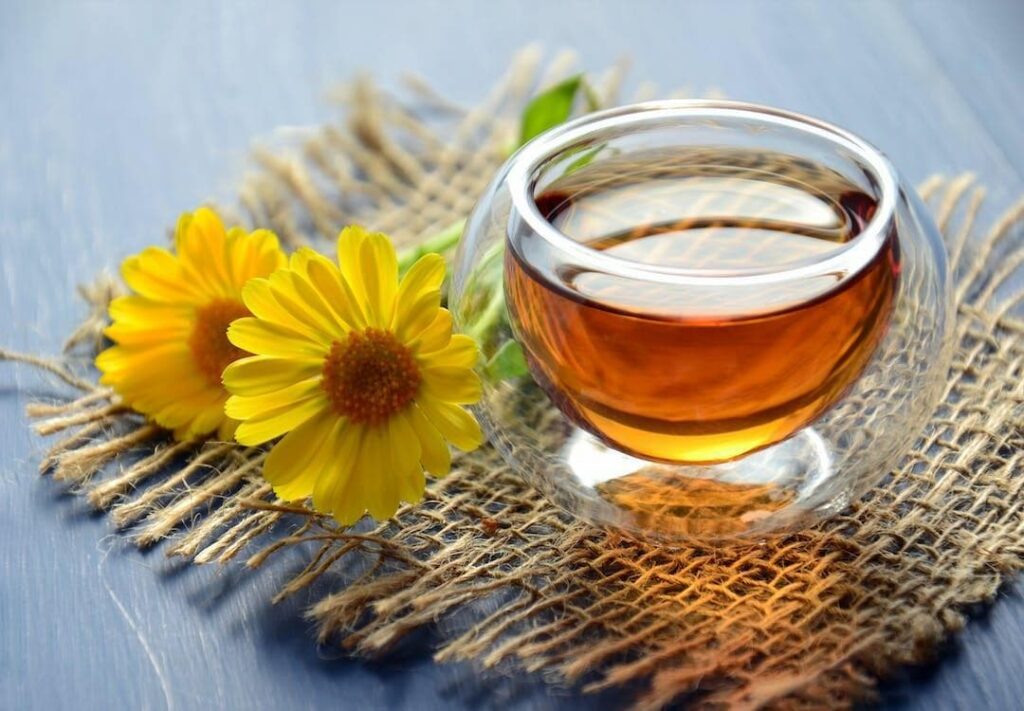
Brewing tea can be a lovely, earthy ritual. You can wake up gently with a cup of black tea, or wind down before bed while sipping camomile. But do you ever stop to wonder about where your tea leaves came from, or how your teabag was made? A little research might yield some unsatisfactory results — it turns out that traditional teabags can harm both the environment and your health.
But there are other options available. If you want to prioritize eco-friendly living, better tea can be an easy switch to make.
The problem with regular tea
Problems with tea-packaging
“Eco-friendly” is a catchword that simply can be thrown on a product label; but what is the real environmental impact of brewing tea, and how can it be eliminated?
While teabags may seem at first glance like compostable material, they are often made with plastics that seal the teabag and keep it from dissolving. This prevents them from being completely biodegradable and also makes them unsustainable to manufacture.
In 2017, three-quarters of the European tea market was dominated by teabags, and that number is likely even higher today due to the trend towards the convenience of pre-bagged tea. This means that even the trace amounts of plastic found in teabags can have a big and lasting effect on the earth.
What is more, many teabags can leak harmful micro-plastics and chemicals into your brew, potentially having a negative effect on your health. This is especially alarming given that tea is usually considered a drink that has many benefits for both mind and body.

Problems with tea-leaves
Unfortunately, the story doesn’t get better once you look inside the bag; tea leaves themselves can often have unsustainable origins. Since the popularity of tea is growing worldwide, companies often resort to unethical methods to meet the increasing demand.
Tea is most often grown in Asia and Africa, with China, Sri Lanka, India, and Kenya being the top producers. Since many areas of these countries are still developing, the situation is ripe for exploitation of the land and the local population.
Many large tea companies grow their tea leaves in questionable circumstances, which often involve unfair rights for workers and the use of chemicals and agricultural practices that have harmful effects on the surrounding environment. Grasslands that were previously rich in biodiversity are converted to monoculture tea plantations, leading to a loss of plant and animal life, increasing soil erosion, and causing water pollution.
Eco-friendly alternatives
Thankfully, there are things you can do to avoid the unethical impact of most tea brands. The best alternatives to teabags are brewing your tea loose-leaf or using a reusable tea infuser. Loose-leaf brewing is certainly the simplest; just brew the tea and filter out the leaves with a tea strainer or sieve. But if you prefer a longer steep or don’t have the time to strain your tea, tea infusers are also a great option.
Tea infusers come in many varieties. They can rest on your cup, or be a part of your tea bottle or teapot, so you can decide which brewing method fits you and your lifestyle best. Of course, they are not all created equally.
Watch out for those that use BPA or other unnecessary plastics; your best options are sustainably-made metal infusers or traditional bamboo infusers. Another great option is reusable fabric bags that can be filled and then rinsed clean; this is almost like making your own teabag! It is also a bonus that the brands that make reusable infusers often market to consumers who wish to reduce their environmental footprint, and therefore prioritize sustainable fabrics and materials.
An added benefit is that when you brew tea looseleaf or with a reusable filter, it’s much easier to compost the remains of your steeped tea, making sure that the entire process is almost completely waste-free. And you have much more freedom to determine the strength of your brew, and you can even mix different types of tea to create your own unique brew.
If you just can’t bring yourself to sacrifice the convenience of pre-bagged tea, look for brands that use certified biodegradable materials and are transparent about their packaging methods. Try to avoid teabags with strings, staples, and plastic slipcovers.
When it comes to the tea itself, look for single-origin teas that are certified organic and fair trade, and for companies that promote sustainable growing practices and offset the carbon used for packaging and shipping. If a company doesn’t mention anything about its manufacturing or growing processes, that’s a bad sign.
In the end, prioritizing eco-friendly teas not only saves materials and the environment but can also save you money, as reusable brewing methods can be cheaper in the long run. And you may find that making the time and space to add a few steps to your brewing process can simply enhance the ritual, and allow you to immerse yourself further in the calming effects of the tea. And you can feel even better knowing that your tea is healthier and safer all around.